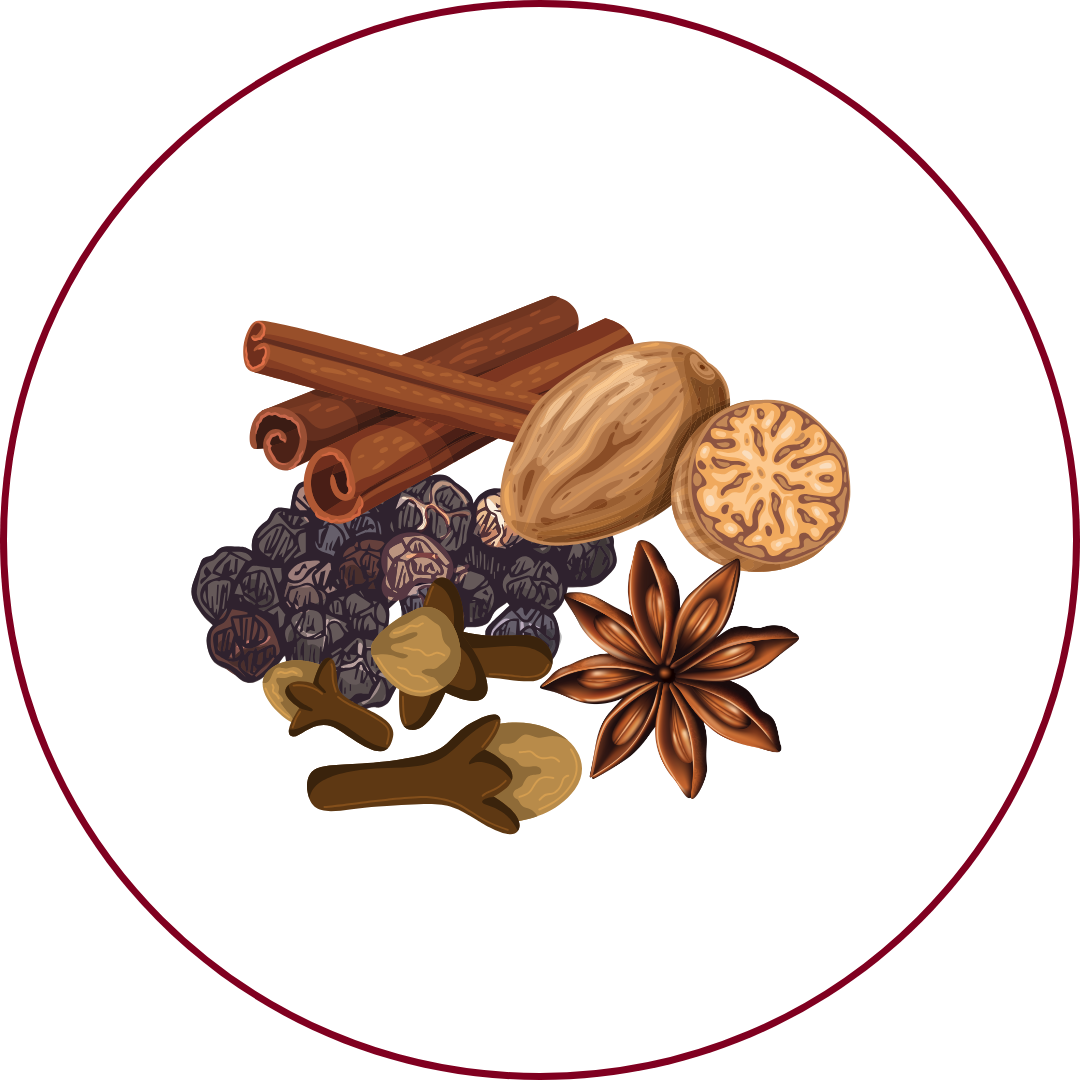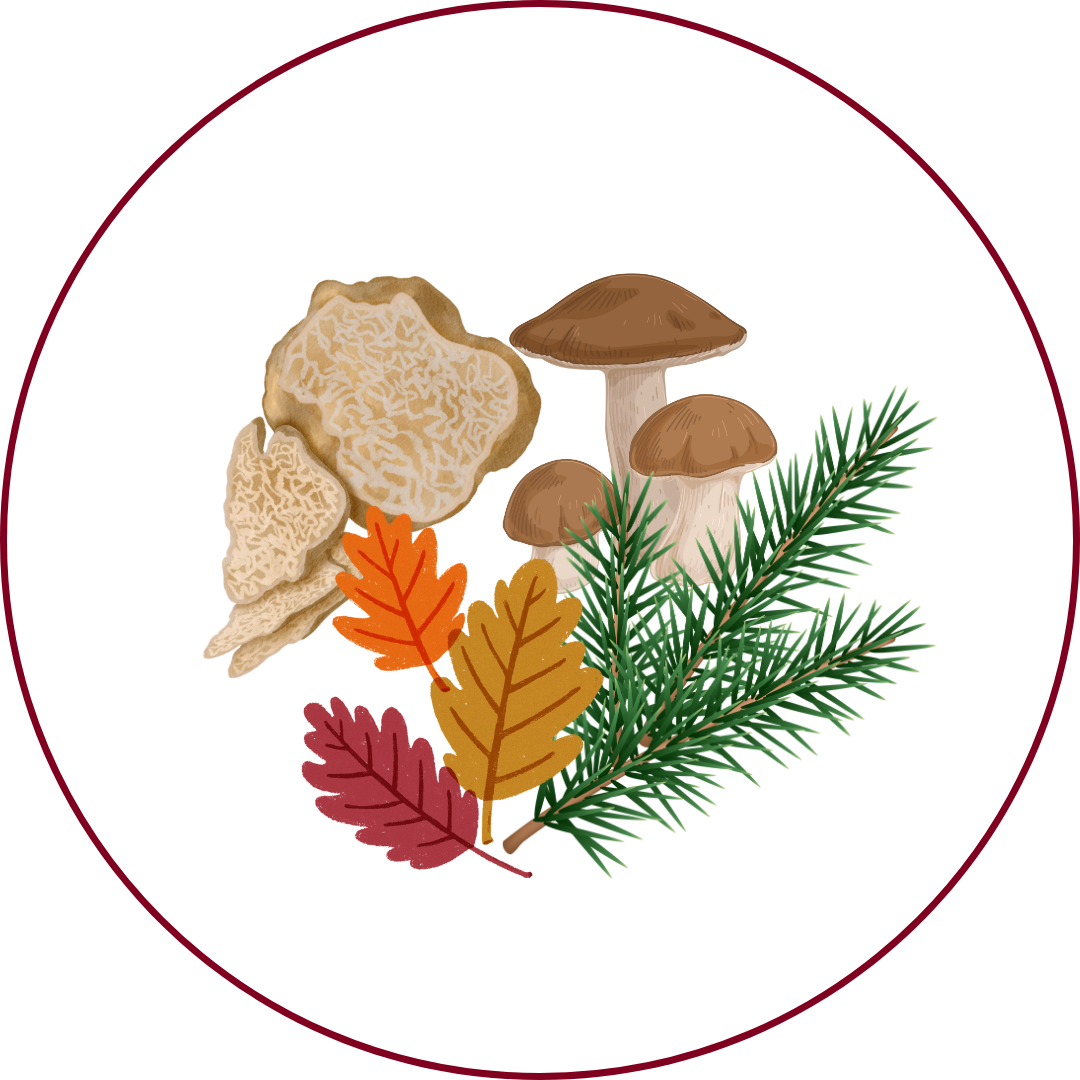Grape Variety
Concord
"KON-kord"
Wine Styles
 Sparkling
Sparkling Light White
Light White Full White
Full White Aromatic
Aromatic Rosé
Rosé Light Red
Light Red Medium Red
Medium Red Full Red
Full Red Dessert
DessertAbout Concord
Origin
Concord, Massachusetts, USA
History
The Concord grape was developed in 1849 by Ephraim Wales Bull in Concord, Massachusetts. Bull planted seeds from wild Vitis labrusca and evaluated over 22,000 seedlings before finding what he considered the ideal Concord grape. This variety became popular for its hardiness and versatility, leading to widespread cultivation in the United States for use in grape juice, jelly, and wine production.
Appearance
Medium-sized, round berries with dark blue or purple skins, often covered with a glaucous epicuticular wax 'bloom' that can be rubbed off.
Growing Traits
Concord is a vigorous vine adapted to the climate of the northeastern United States. It is a slip-skin variety, meaning the skin is easily separated from the fruit. The grape is particularly prone to the physiological disorder black spot.
Wine Characteristics
Body
3/5
Sweetness
3/5
Tannin
1/5
Acidity
4/5
Alcohol
2/5
Medium-bodied with a robust and fruity profile, offering a distinctive 'foxy' character typical of Vitis labrusca varieties. Often produced in a sweet style, though dry versions exist; sweetness levels can vary depending on vinification methods. Low tannin levels, characteristic of many red wines made from Concord grapes, contributing to a smooth and approachable profile. Medium to high acidity, providing freshness and balancing the grape's natural sweetness. Moderate alcohol content, typically ranging between 10% and 12%, ensuring balance and drinkability.
Taste Profile

Grape Jam

Candied Strawberry

Musk

Spices

Earthy
Concord wines are known for their pronounced grape jam and candied strawberry flavors, accompanied by a distinctive 'foxy' musk—a term used to describe the unique, earthy and sweet muskiness characteristic of Vitis labrusca varieties. Subtle sweet spice and earthy undertones add complexity, all balanced by medium to high acidity, leading to a refreshing finish.
Food Pairing
Concord wines, with their sweet and fruity profile, pair well with rich desserts like chocolate cake or cheesecake. They also complement spicy dishes, as the sweetness balances the heat. Additionally, Concord wines can be enjoyed alongside aged cheeses, where the fruitiness contrasts the savory flavors.
Growing Regions

United States
New YorkPennsylvaniaMichiganOhioWashington

Canada
OntarioBritish Columbia
Notable Wines & Producers
Manischewitz Concord Grape
Manischewitz Winery
Welch's Non-Alcoholic Concord Grape Juice
Welch's
O-Neh-Da Authentic Sacramental Concord Wine
O-Neh-Da Vineyard
Concord FAQ
Common questions about this grape variety
What is the origin of Concord?
+
Concord, Massachusetts, USA
Is Concord wine full bodied?
+
Concord has a body level of 3 out of 5. Which means that Concord is Moderate bodied.
Is Concord wine dry or sweet?
+
Concord has a dryness level of 3 out of 5. Which means that Concord is Semi-Sweet.
Where is Concord wine from?
+
Concord, Massachusetts, USA
Where is Concord grown?
+
Concord is grown in United States (New York, Pennsylvania, Michigan, Ohio, Washington)Canada (Ontario, British Columbia).
What is Concord like?
+
Concord wines are known for their pronounced grape jam and candied strawberry flavors, accompanied by a distinctive 'foxy' musk—a term used to describe the unique, earthy and sweet muskiness characteristic of Vitis labrusca varieties. Subtle sweet spice and earthy undertones add complexity, all balanced by medium to high acidity, leading to a refreshing finish.
What does Concord pair with?
+
Concord wines, with their sweet and fruity profile, pair well with rich desserts like chocolate cake or cheesecake. They also complement spicy dishes, as the sweetness balances the heat. Additionally, Concord wines can be enjoyed alongside aged cheeses, where the fruitiness contrasts the savory flavors.
What does Concord taste like?
+
Concord wines are known for their pronounced grape jam and candied strawberry flavors, accompanied by a distinctive 'foxy' musk—a term used to describe the unique, earthy and sweet muskiness characteristic of Vitis labrusca varieties. Subtle sweet spice and earthy undertones add complexity, all balanced by medium to high acidity, leading to a refreshing finish.
Take Concord Knowledge with You
Access detailed grape profiles, tasting notes, and pairing suggestions on your iPhone.
Download on theApp Store